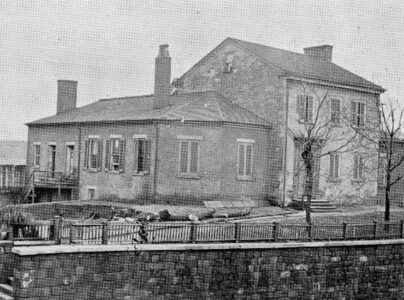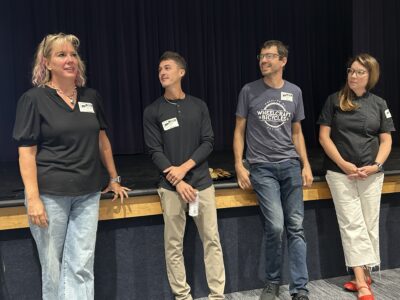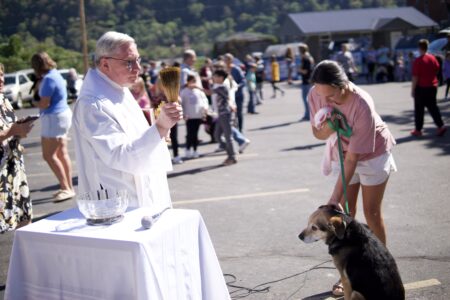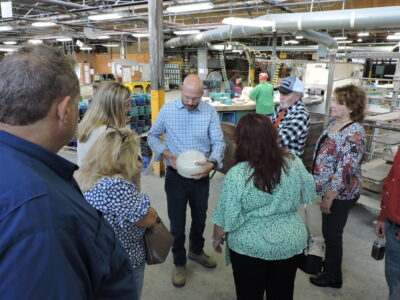This Week in West Virginia History

PIONEER EBENEZER ZANE, FOUNDER OF WHEELING, IS BORN IN HARDY COUNTY — OCT. 7, 1747
The following events happened on these dates in West Virginia history. To read more, go to e-WV: The West Virginia Encyclopedia at www.wvencyclopedia.org.
Oct. 5, 1992: Andrews Methodist Episcopal Church in Grafton was designated as a National Historic Landmark, one of only 17 in the state. The first Mother’s Day observance took place at the church on May 10, 1908.
Oct. 6, 1928: Traditional musician William “Frank” George was born in Bluefield. The multi-instrumentalist and his wife, Jane George, were leaders in the old-time revival of the 1960s and 1970s.
Oct. 7, 1747: Pioneer Ebenezer Zane, the founder of Wheeling, was born on the South Branch of the Potomac River near present Moorefield in Hardy County.
Oct. 1763: England’s King George III issued a proclamation banning all settlement west of the Alleghenies. In present-day West Virginia, the line ran along the divide between eastern rivers and the Ohio watershed, leaving only the Eastern Panhandle and a fraction of Monroe County open to settlement.
Oct. 7, 1900: Poet Roy Lee Harmon was born in Boone County. He was the founder of the West Virginia Poetry Society and served as the state’s poet laureate for 38 years.
Oct. 7, 1957: Musician Michael W. Smith was born in Kenova. One of the top-selling artists in gospel music history, he has recorded 37 albums (selling 18 million), had 35 number-one songs, and written over a dozen books.
Oct. 8, 1993: The Rev. Bernard Coffindaffer died unexpectedly of a heart attack. Starting in 1984, Coffindaffer began erecting clusters of crosses in West Virginia and other states. He was buried in Nicholas County, just across the highway from a set of his crosses.
Oct. 9, 1877: The Episcopal Church created the Diocese of West Virginia. The initial convention of the new diocese met at St. John’s Episcopal in Charleston, with 14 clergy and 16 lay delegates.
Oct. 9, 2014: Following court rulings and announcements by the governor and the attorney general, same-sex marriage was effectively legalized in West Virginia.
Oct. 10, 1774: Shawnee warriors led by Cornstalk were defeated at the Battle of Point Pleasant. It was the only major engagement of Dunmore’s War and the most important battle ever fought in present West Virginia.
Oct. 10, 1872: Architect Rus Warne was born in Parkersburg. Warne designed many notable buildings in Charleston, including City Hall and the Masonic Temple.
Oct. 10, 1878: Blanche Lazzell was born in Maidsville, Monongalia County. She was one of West Virginia’s most notable artists and is recognized as one of America’s leading abstract painters and print makers.
Oct. 10, 1948: During a boat-racing event in Charleston, Chuck Yeager flew a Lockheed P-80 Shooting Star under the South Side Bridge, surprising boaters, audience and news media at the event.
Oct. 11, 1811: State founder and U.S. Senator Waitman T. Willey was born near Farmington. Willey proposed the West Virginia Statehood Bill in the Senate and saw to its passage and later signing by President Lincoln. He was then elected as one of West Virginia’s first two U.S. senators and served from 1863 to 1871.
Oct. 11, 1923: Science fiction and fantasy author Doris Piserchia was born Doris Summers in Fairmont. She was a pioneer in a genre that has become known as feminist science fiction, authoring 13 novels and 17 short stories between 1966 and 1983.




